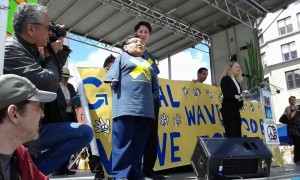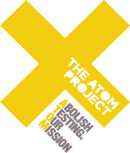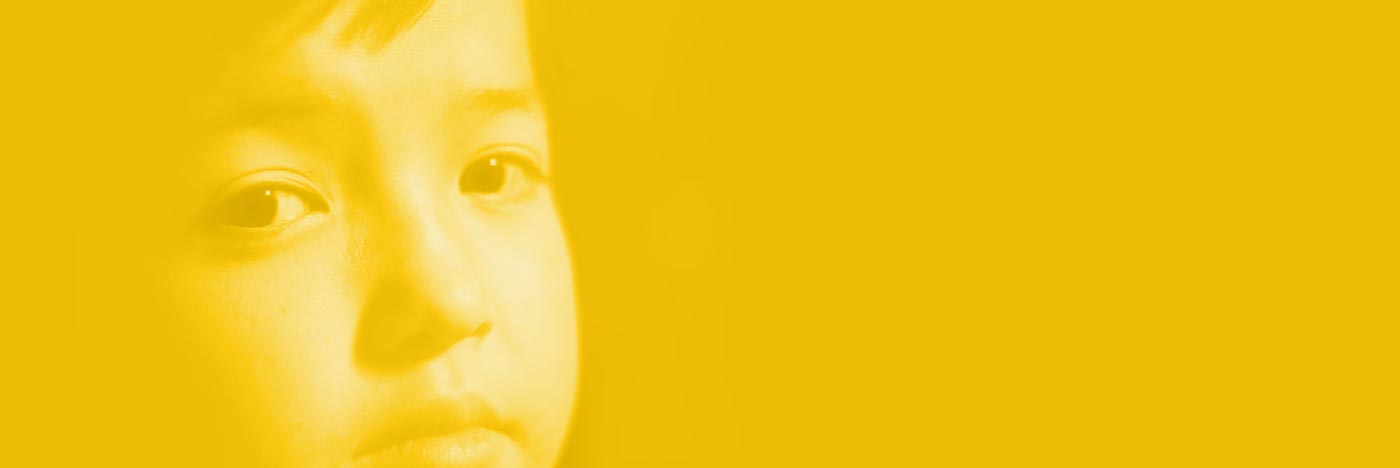On the Nagasaki anniversary, we must work to ensure that city and its people are the last lost to nuclear weapons
August 8, 2019
NUR-SULTAN – Three days after the world’s first nuclear weapon was unleashed in combat on the Japanese city of Hiroshima, an estimated 40,000 more people died in the city of Nagasaki when the United States dropped a second bomb.
Less than one second after detonation Aug. 9, 1945 at 11:02 a.m. local time, the northern section of Nagasaki was destroyed, and thousands more innocent civilians were lost.
Because Nagasaki was the second use of nuclear weapons meant to kill, the dropping of the second bomb and the people who died as a result often don’t get the recognition from history they deserve. “We are an asterisk,” Shinji Takahashi, a sociologist in Nagasaki, once said.
But Nagasaki is not an asterisk, nor were the lives lost. Nagasaki is today an extraordinarily beautiful city surrounding an equally stunning harbour. It has a rich history and is the thriving home to more than 410,000 people.
But Nagasaki, despite often being overlooked by history, also holds a unique significance in the nuclear weapons age and the nonproliferation movement. Nagasaki was also the last time a nuclear weapon was used to kill and, say nonproliferation activists, must remain so.
“On this day, remembering the thousands that died in the city of Nagasaki, we must also hold the events of that city as a tragic symbol of what must never occur again,” said The Atom Project Honorary Ambassador Karipbek Kuyukov. “The city of Hiroshima opened one of humanity’s most deadly and dangerous chapters. One way we can honour the lives lost on August 9 is to make sure Nagasaki closes that chapter, that the lives lost in that city will be the last destroyed by the use of a nuclear weapon.”
Nagasaki also serves as a symbol for the countless numbers of people around the world who have suffered as a result of the nuclear weapons age, but who are often overlooked by history.
Kuyukov and approximately 1.5 million others in Kazakhstan are among those who have suffered. The Soviet Union conducted more than 450 nuclear weapon tests near what is now the Kazakh village of Semey. The result was early death, a lifetime of suffering, and to this day, unimaginable birth defects among those who witnessed the bombings and the generations that came after.
 Kuyukov’s parents were among those who lived through the tests. As a result, Kuyukov was born without arms. Despite that obstacle, he has become a renowned painter who has dedicated his life and work to painting the images of the victims of nuclear weapons testing and to seeking a nuclear weapon-free world.
Kuyukov’s parents were among those who lived through the tests. As a result, Kuyukov was born without arms. Despite that obstacle, he has become a renowned painter who has dedicated his life and work to painting the images of the victims of nuclear weapons testing and to seeking a nuclear weapon-free world.
Kuyukov’s home country Kazakhstan has also become a leader in nuclear disarmament and nonproliferation, having renounced what was then the world’s fourth largest nuclear arsenal inherited from the Soviet Union.
So, on this day, 74 years after the bombing of Nagasaki, Kuyukov and The Atom Project remember the victims of Nagasaki by pledging to work to ensure they will be the last.
“No victim of the nuclear weapons age should be forgotten. And what better way to honour them and the people of Nagasaki than by then renewing our pledge to seek a world free from nuclear weapons, free from nuclear weapons testing and a world in which no further lives are lost to nuclear weapons.”

